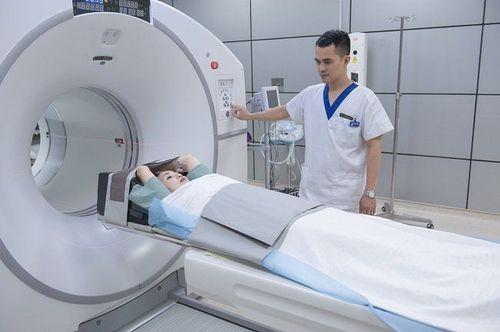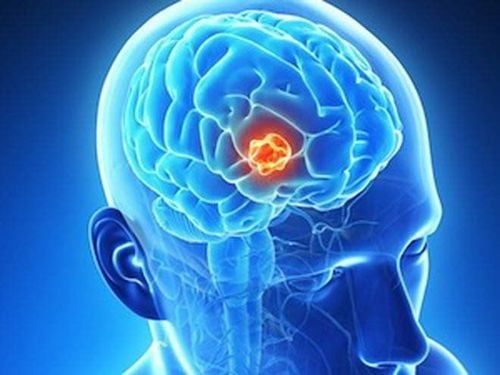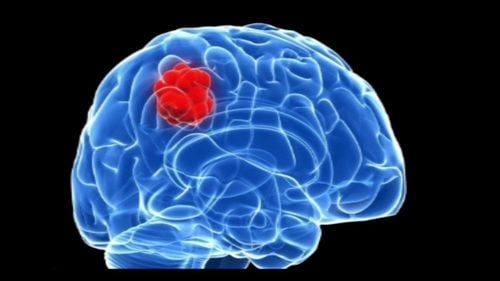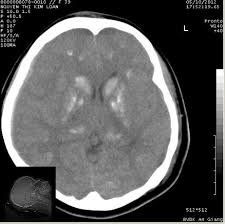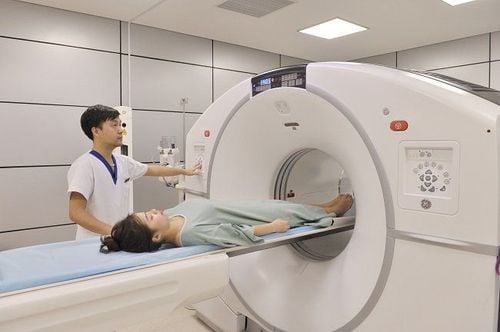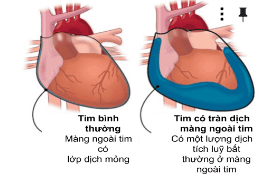This is an automatically translated article.
The article was professionally consulted by Specialist Doctor I Vo Cong Hien - Radiologist - Radiology Department - Vinmec Nha Trang International General Hospital.There are many causes of brain bleeding such as traumatic brain injury, stroke, vascular malformation, even after surgery and cause great losses to both society and patients. With CT scan of the brain, it will help doctors detect early to diagnose and treat brain bleeding after surgery, thereby saving the patient's life.
1. Why do patients need computed tomography?
The doctor orders to perform a computed tomography scan (English name is Computed Tomography Scan and abbreviated as CT Scan) to detect the following problems:
Diagnose muscle and bone disorders, such as tumors bones and fractures Locate tumors, infections, or blood clots Combined with other procedures such as surgery, biopsy, and radiation Detect and monitor patients with certain conditions such as cancer, heart disease, lung nodules, and liver tumors Monitor the effectiveness of certain treatments, such as cancer treatments, monitor bleeding in the brain after surgery Detect internal trauma and bleeding blood in
2. The role of brain tomography to assess post-operative cerebral bleeding
Benefits of CT include more effective medical management by:Determine when surgery is needed Reduce the need for exploratory surgery Improve quality of diagnosis and treatment guidelines Reduce time to hospital
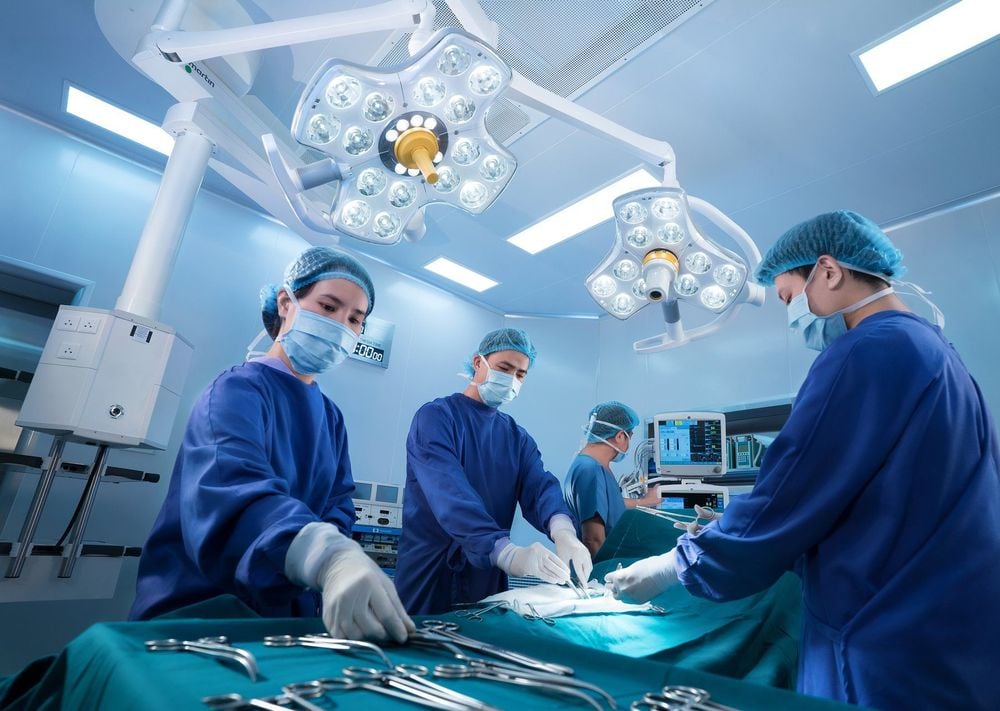
Chụp cắt lớp não giúp giảm thiểu nhu cầu phẫu thuật thăm dò
In the emergency room or the recovery room after surgery, the patient can be taken quickly so that the doctors can quickly assess the post-operative brain bleeding. Urgent surgery may be needed to stop the bleeding, and CT imaging helps the surgeon know exactly where to bleed. Without this information, the success of surgery is greatly affected. The risk of radiation exposure from a CT scan is very small compared with the benefit of a surgical plan for effective treatment.
CT scans provide much different medical information than other imaging techniques, such as ultrasound, MRI, SPECT, PET, or nuclear medicine. Each imaging technique has its advantages and limitations, however the main advantages of a CT scan are:
Quickly capture images Lots of clear and specific information Gets an overall view of the body
3. Risks of computed tomography
Exposure to radiation During a CT scan, the patient is exposed to short-term ionizing radiation. The amount of radiation is greater than that of a regular X-ray because a CT scan collects more detailed information. The low doses of radiation used in CT scans have not been shown to cause long-term harm, although at much higher doses there may be an increased risk of cancer.
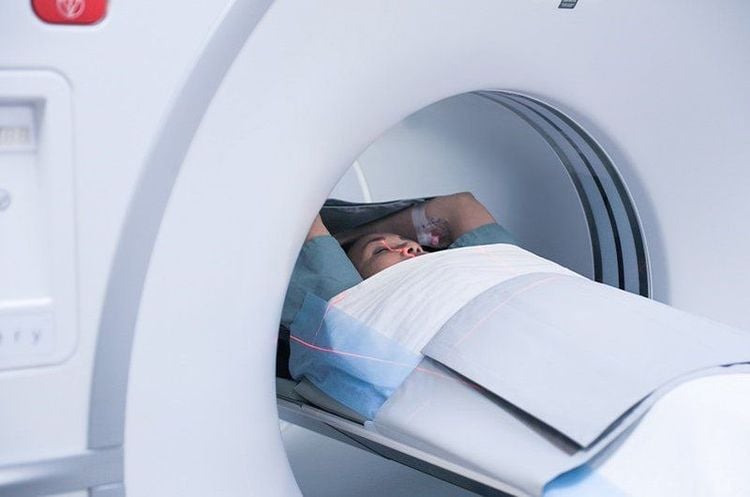
Bức xạ trong chụp CT không gây ra tác hại lâu dài tới sức khỏe
Danger to the fetus Before having a CT scan, the patient should tell the doctor if she is pregnant or suspects that she is pregnant. Although the radiation from a CT scan may not be able to harm an unborn baby, your doctor may recommend other types of imaging techniques such as ultrasound or MRI to be safe and avoid expose the fetus to radiation.
Allergies to CT scans with contrast injection In some cases, the doctor may prescribe a special dye called contrast dye. This is a substance that the patient will be asked to drink before the CT scan or is given through a vein in the arm or into the patient's rectum. Although rare, this contrast agent can cause some side effects or an allergic reaction to the contrast.
Most reactions are mild such as rash or itching. In rare cases, a person can develop a severe, even life-threatening allergic reaction. Therefore, before injecting contrast, the patient needs to let the doctor know about any allergy or previous reaction to contrast. Vinmec International General Hospital with a system of modern facilities, medical equipment and a team of experts and doctors with many years of experience in neurological examination and treatment, patients can completely rest in peace. Center for examination and treatment of raised intracranial pressure at the hospital.
To register for examination and treatment at Vinmec International General Hospital, you can contact Vinmec Health System nationwide, or register online HERE.
MORE
What is a CT scan? In which cases need contrast injection? Notes when taking a CT scan of the lungs CT of the brain: What you need to know




